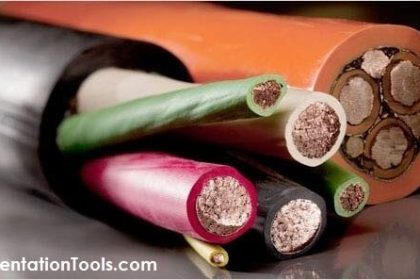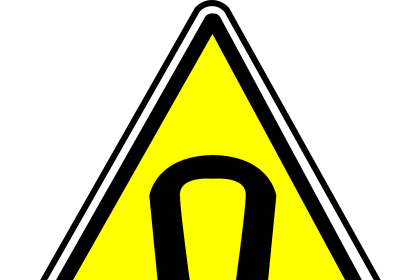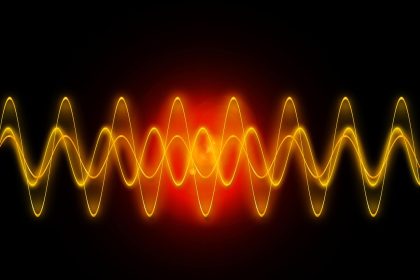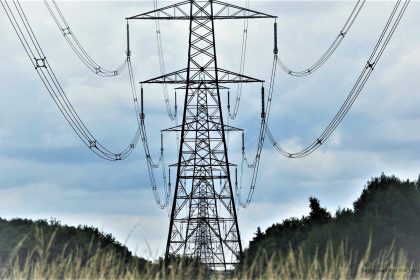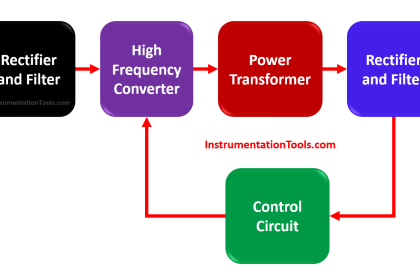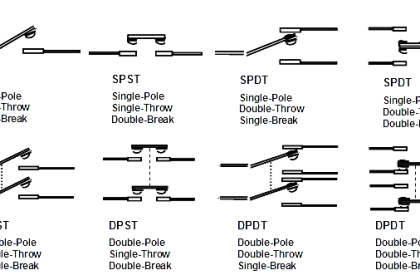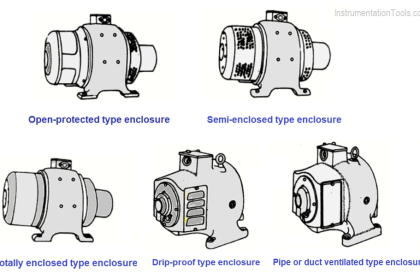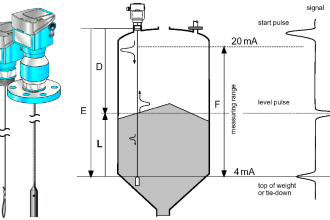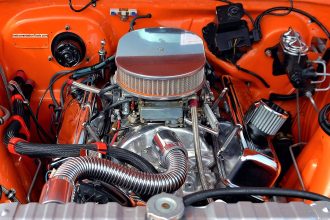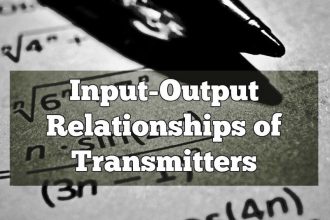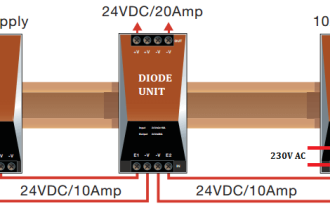An ELCB (Earth Leakage Circuit Breaker) is an electrical safety device used to directly detect currents leaking to earth from an installation and interrupt the power supply.
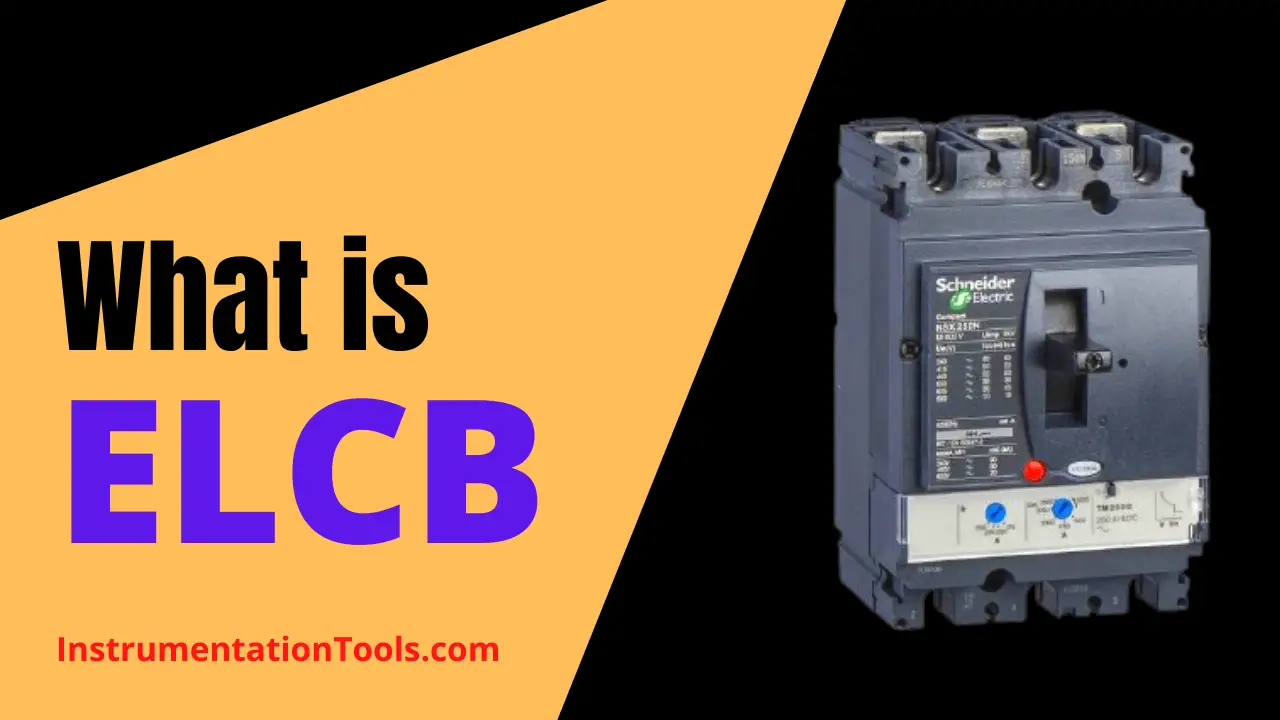
ELCB (Earth Leakage Circuit Breaker)
The main purpose of the ELCB is to detect earth leakages and protect personal safety from electrical shocks and fires that are caused by short circuits.
Types
ELCBs are two types.
- Voltage Earth Leakage Circuit Breaker (Voltage ELCB).
- Current Earth Leakage Circuit Breaker (Current ELCB).
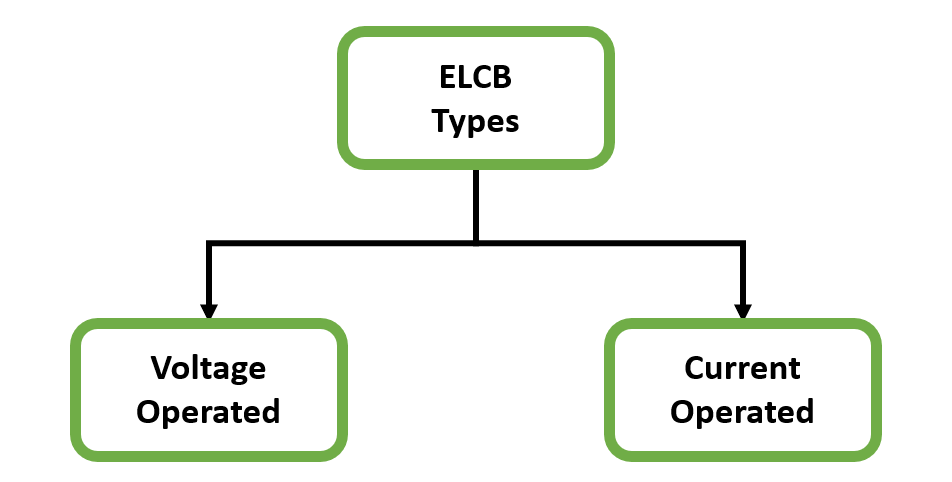
Voltage Earth Leakage Circuit Breaker
Voltage ELCB is a voltage-operated Circuit breaker. The device will function when the current passes across the ELCB.
Voltage ELCB contains a relay coil which is connected to the metal body at one and connected to the ground on the other end.
Principle of Operation
If the voltage of the equipment body rises either by the failure of insulation of the equipment or by touching phase to metal parts, which could cause the difference between earth and body load voltage, the danger of electric shock will occur.
This voltage difference will generate an electric current from the load metal framework that flows through the relay loop and to earth.
When the voltage on the appliance or equipment metallic body increase to the danger level which exceeds 50 V, the flowing current through the relay loop could move the relay contact by disconnecting the supply current to avoid any dangerous electric shock.
The ELCB detects fault currents from phase to the earth (ground) wire around an installation it protects. If sufficient voltage appears across the sense coil of the ELCB, power will get turned off, and remain in the same state till the circuit breaker is manually reset.
A voltage sensing ELCB does not sense fault currents from phase to any other earthed body.
These ELCBs monitor the voltage on the earth wire and disconnect the supply if the earth wire voltage is more than 50 volts.
The earth electrode must be placed outside the resistance area of any other parallel piles of earth in the surrounding area.
Current Earth Leakage Circuit Breaker
The current ELCB is a circuit breaker that is commonly used. It is also called RCCB (Residual Current Circuit Breaker).
Principle of Operation
The Current ELCB (or RCCB) consists of a three winding transformer, which has two primary windings and one secondary winding. It is called the Core Balance Current Transformer (CBCT).
Phase and neutral wires act as the two primary windings. A wire-wound coil is the secondary winding.

At the balanced condition, the current through the secondary winding is zero. For example, if the phase wire carries 5A means same 5 A current will be returned to the neutral wire also.
The sum of the current is zero. It is the normal state, in which the current ELCB doesn’t get operated. Now consider a human touching a phase wire, it causes current to pass from phase to earth.
Now phase carries 5A (normal load) plus 30 mA of fault current. But our neutral wire carries a 5A current.
There is a difference of 30mA of current. It is sensed by the CBCT (Core Balanced Current Transformer and send to the relay operating coils.
When a fault occurs, a small amount of current will flow to the ground also. This makes an unbalance between phase and neutral currents and creates an unbalanced magnetic field.
This induces a current across the secondary winding, which is connected to the sensing circuit. This will detect fault currents and send a signal to the tripping system and trips the contact.
Advantages
- Voltage-operated ELCB is less sensitive to fault conditions, therefore has fewer nuisance trips.
- They do not detect faults that are don’t pass current through the circuit protective conductor (CPC) to the earth rod.
- Current operated ELCB is not affected by parallel earth.
Disadvantages
- Voltage-based ELCB devices are not used in the present days due to their drawbacks as if the fault is between phase and circuit earth, they will isolate the supply.
- Voltage ELCBs are not recommended over current ELCB (RCCB) and no longer available because of old technology.
- Voltage ELCBs detect faults that flow back through the main earth line.
Applications
- The voltage-operated E.L.C.B. is generally used where there are poor earthing conditions (for example, rocky or dry sub-soil).
- Current operated ELCB is a popular circuit breaker used in industrial, commercial, and household applications.
Read Next:
- Types of MCB
- Circuit Breaker Animation
- Oil Circuit Breakers
- How to Select a Fuse?
- Residual Current Circuit Breaker
